Let’s talk about backup guns. Specifically the civilian concealed carry of backup guns. Police are a different subject, and their needs are a bit different than our own. As a concealed carrier, should you carry a backup gun? Is it necessary, and if you do, how does that become part of your training regime, and how do you carry it? That’s what we aim to tackle today!
Why Carry A Backup Gun?
The main reason often given for carrying a backup gun is if your main gun fails. Should it break or malfunction so seriously that you can’t fix it, a spare gun comes in handy. Some may also see the backup gun as their reload. If your main gun goes dry, you can swap to your backup and continue to fight. A standard reload is typically faster, but if you’re carrying a backup gun, you might not feel the need for a spare gun.
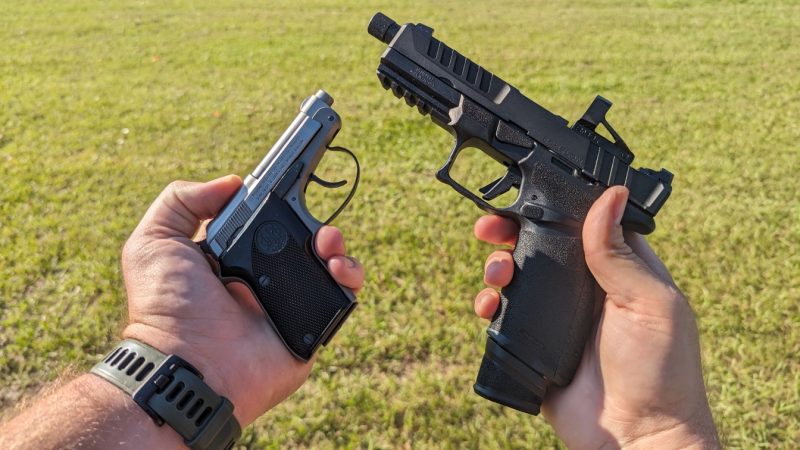
A backup gun may be placed in a much different area than your carry gun, and this can make it easier to access in specific situations. For example, a gun on the ankle might be easier to reach while sitting than a gun in an appendix position. I’ve also heard of men carrying two guns to give one to their wives if necessary. The idea is they carry two because their wives’ attire may not allow for carrying a handgun.
There are just a few reasons why someone may choose to carry a backup gun.
Is It Necessary?
Much like weapon lights or handgun red dots, it’s nice to have but not necessary. I’ve only ever carried a backup somewhat unintentionally. I put a small gun in my pocket to run an errand, then strapped on my P365 when I went out for the evening. I had completely forgotten about my pocketed gun until I got in the car.
An extra gun for a concealed carrier is not a necessity by any means.
What Makes a Good Backup Gun?
Obviously, it needs to be a well-made, reliable, easy-to-operate weapon. The same basics of any gun should be necessary for your backup gun.
One of the primary traits of a backup gun would be something easy to carry. Easy to carry often means small. Smaller than your average concealed carry firearm. A backup gun should be small and very easy to conceal in the pocket, on the ankle, or even on the waistband beside your other main gun.
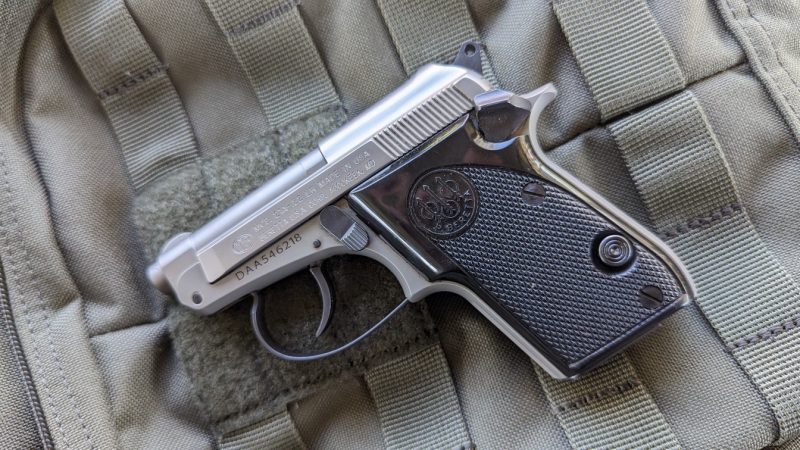
There is a good argument to carry a gun that can match your main firearm. If you carry a Glock 19, then carrying a Glock 26 might be a great choice. They have a similar layout and manual of arms, so training is easier. Your Glock 19 mags can even fit in your Glock 26.
I appreciate a backup gun that’s easy to fire with a single hand, especially my offhand. For that reason, I appreciate low-recoiling, easy-to-control firearms.
Training With Your Backup Gun
When you train with your main concealed carry firearm, you should always take some time to train with your backup gun as well. What’s the point of carrying a weapon if you aren’t proficient with its capabilities? Training with a backup gun should include drawing the weapon with both your dominant and non-dominant hand, accuracy and time standards, as well as malfunction clearances.
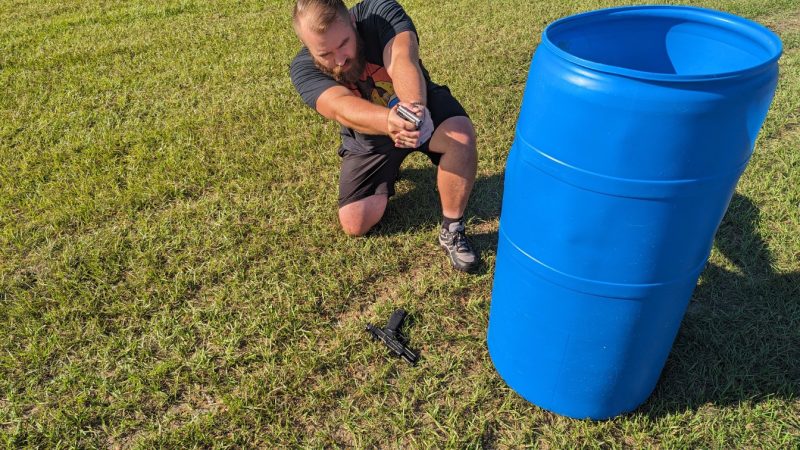
Beyond all of your normal training, you’ll need to train skills like transitioning from your main gun to your backup gun. How exactly will you do it? Will you reholster your main? Pocket it? How do you go from gun one to gun two? You’ll need to train and figure that out. Speaking of, what will you do with your main gun?
Just tossing it seems dangerous and a great way to lose a gun. Even if it’s malfunctioning, it’s still a dangerous weapon. That’s something you’ll need to figure out if you plan to be a two-gun pistolero.
Going Deuce
A backup gun is a serious decision and should be treated as such. Apply some thought to the gun, how it’s carried, and how exactly you plan to use it. It’s not always as simple as just carrying an extra gun. Be informed, be trained, and be safe.
ABOUT THE AUTHOR:
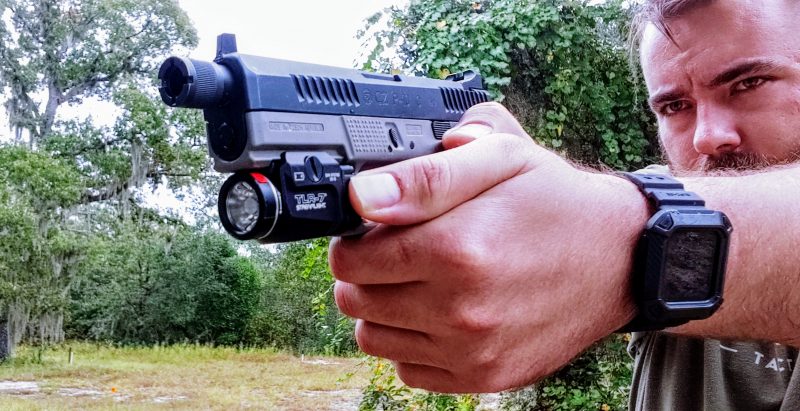
Travis Pike is a former Marine Machine gunner who served with 2nd Bn 2nd Marines for 5 years. He deployed in 2009 to Afghanistan and again in 2011 with the 22nd MEU(SOC) during a record-setting 11 months at sea. Travis has trained with the Romanian Army, the Spanish Marines, the Emirate Marines, and the Afghan National Army.
He serves as an NRA-certified pistol instructor and pursues a variety of firearms-based hobbies.
![]()
You may also enjoy these popular articles:
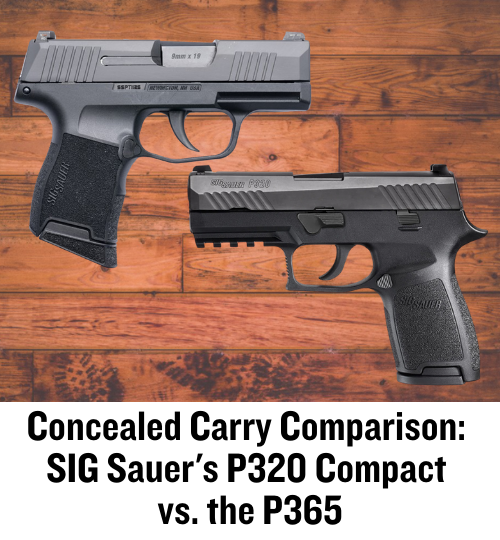

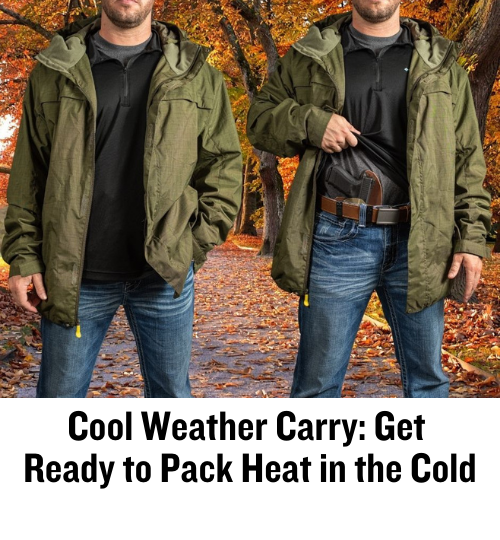
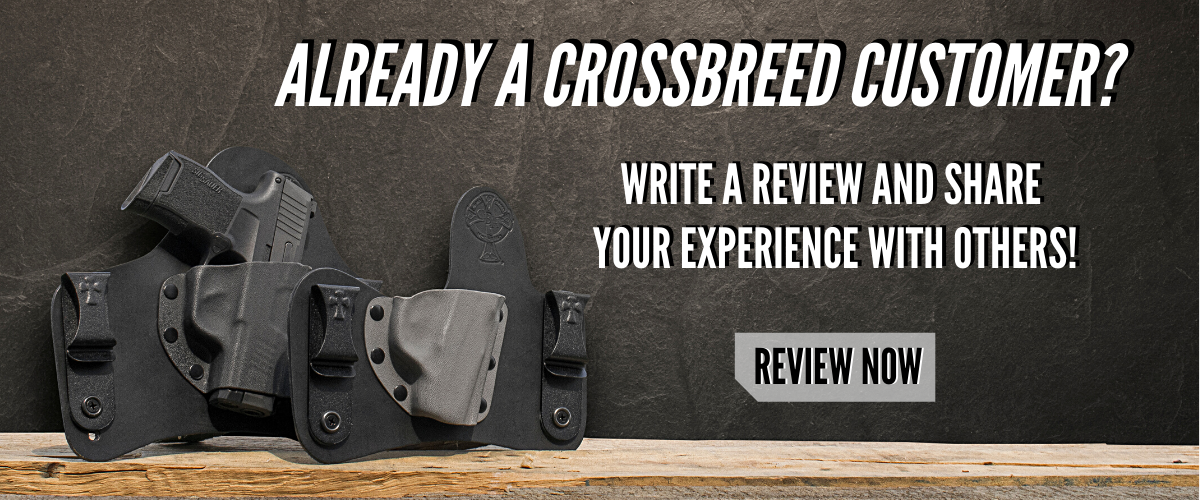
©MTC Holsters, LLC and CrossBreed Holsters Blog, 2023.
Unauthorized use and/or duplication of this material without express and written permission from this site’s author and/or owner is strictly prohibited. Excerpts and links may be used, provided that full and clear credit is given to Travis Pike and the CrossBreed Blog with appropriate and specific direction to the original content.
![]()

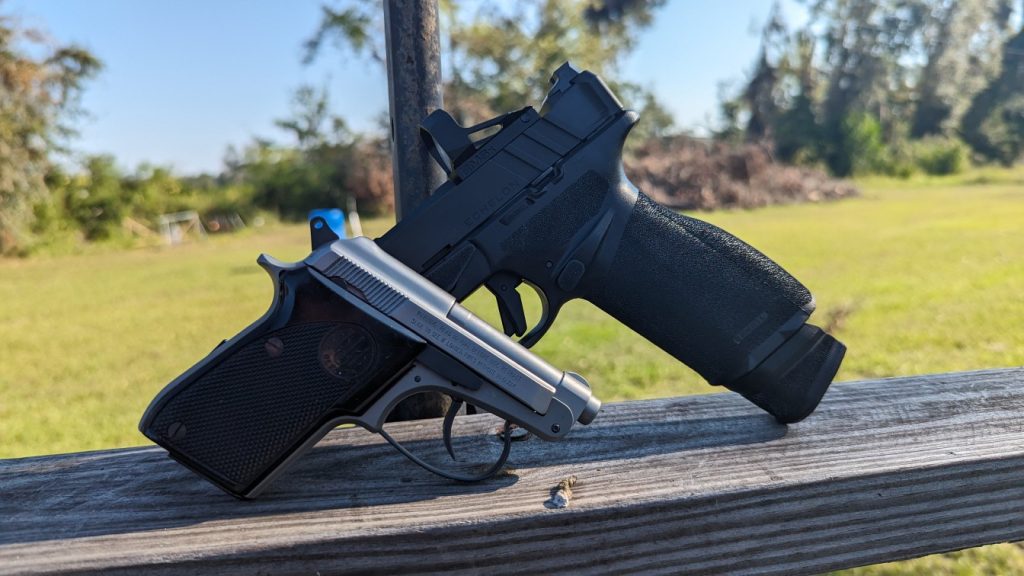
I hate to say but I always carry a back up gun. I guess after 35 years in law enforcement I can’t break the habit. As for civilians, why not. I’ve seen every kind of gun fail over the years so why not a second chance. Just remember when you practice with your primary, practice with the back up.